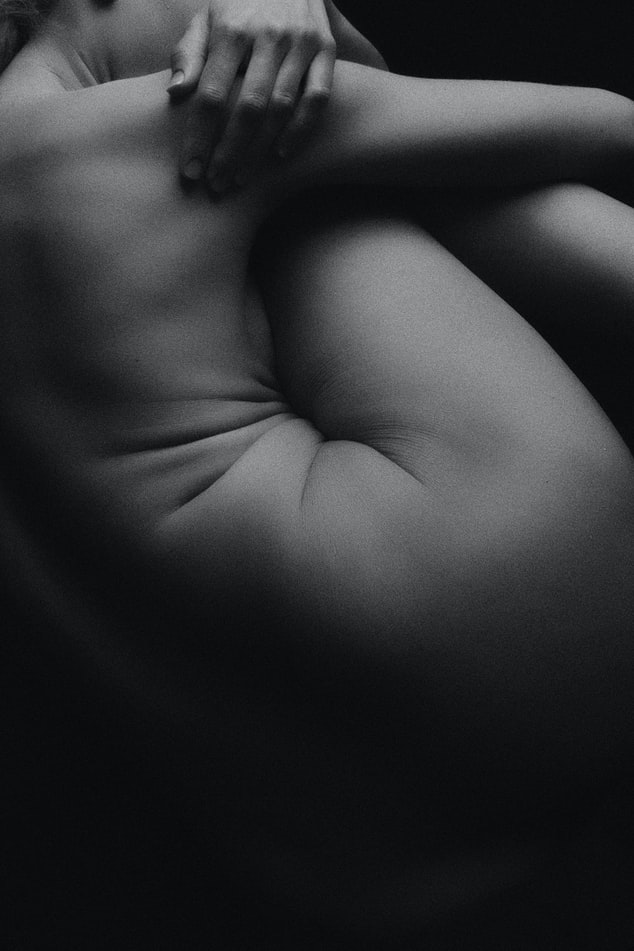Lasers are something the medical community has found quite useful in the past couple of decades. They can assist with everything from treatments to surgeries.
One common use of lasers is in treating the skin. They can help get rid of issues, increase a youthful appearance, or make corrections.
If you are looking to lasers to help you with your skin issue, then you should make sure you understand how they work and what they can do for you. The answers to many of your questions can help you to feel more at ease about the process.
How Does It Work?
In most cases, when using a laser treatment for the skin, the laser burns off thin layers of the skin slowly. Because of the way it works, there is usually not a lot of pain involved for most people, but everyone is different. It will remove a lot of skin that is already dead, which is why people often use laser treatments to create a more youthful look.
Another important aspect is that lasers are very precise. They will only work on the specific area on which they focus. This allows for microscopic accuracy.
Lasers are either ablative or nonablative. Ablative lasers remove the out layer of your skin. Treatments with this type of laser require longer healing times because it is during the healing that the changes in your skin take place.
Nonablative lasers stimulate the skin. These treatments usually have less of a healing time, but they only do work on the surface of the skin.
Can All Skin Types Get Laser Treatments?
There is a common myth that lasers are only an option for lighter skinned people. According to the American Board of Cosmetic Surgery, the reality is that anyone can get laser treatment. There is an increased risk for discoloration in darker skin tones, but with all the different techniques, it is possible to find one that provides a very low risk while still being able to produce a high level of satisfaction with the results.
Erbium lasers may be the best for darker skin tones because they produce minimal damage to the skin tissue.
Is There a Best Time of Year To Get Treatment?
You may think that it is a myth that fall is the main season for laser treatments, but this is actually true. People will usually decide to get the treatments in fall because it takes about a year for healing to complete and during that time, the skin is highly sensitive to the sun.
By getting the treatments in the fall, you can ensure you will almost completely heal before the summer comes around. You won’t have to cancel warm weather plans or worry that sun exposure will ruin your results.
Are all lasers the same?
No, all lasers are not the same. It is essential that you know which type of laser the professional uses when treating your skin because they react differently and can produce different results.
For example, pulsed-dye lasers heat the skin and absorb pigment. They would great to help combat redness from rosacea and hyperpigmentation or to fix broken capillaries. CO2 lasers are ablative and work deeper in the skin, making them ideal in wart removal or to get rid of wrinkles.
Is There a Long Recovery?
Just as some people may experience more pain, some people may take longer to heal. In addition, the type of laser used in your treatment will play a role in the amount of recovery time you need. Ablative lasers usually require more time to heal than non-ablative lasers.
Healing generally means mild pain and red skin. During healing, you will probably not notice the results. You also may be more susceptible to infection, so you may need to avoid working out or activities such as swimming that increase your infection risk.
What Conditions Can Lasers Treat?
Laser treatments can help with a range of skin conditions, but they don’t work for everything. For example, most professionals will not use them to remove stretch marks. However, this is a common treatment for wrinkles and acne. Other conditions lasers may treat include:
- Sun damage
- Uneven skin tone
- Age spots
- Warts
- Scars
What Are the Side Effects?
Most laser treatments have mild side effects, but there is always the potential for more serious effects. Common results after treatment include:
- Redness
- Swelling
- Itching
- Changes in skin color
Other symptoms that may not occur as often include:
- Acne
- Scarring
- Infection
To minimize symptoms, you should follow all instructions for skincare before and after your treatments. You also want to be honest during your initial assessment so that the professional can ensure the treatment is right for you. The Mayo Clinic Explains that you may not be able to get treatment if you are breastfeeding or pregnant, scar easily, have the herpes virus or a weak immune system, take certain acne medications or have a dark skin tone.
Your Next Steps
If you think that laser treatment is a good option for you, then your next move is to make an appointment and speak with a professional. You can then learn any additional information you need to know, plan your course of treatment, and schedule your treatments.
